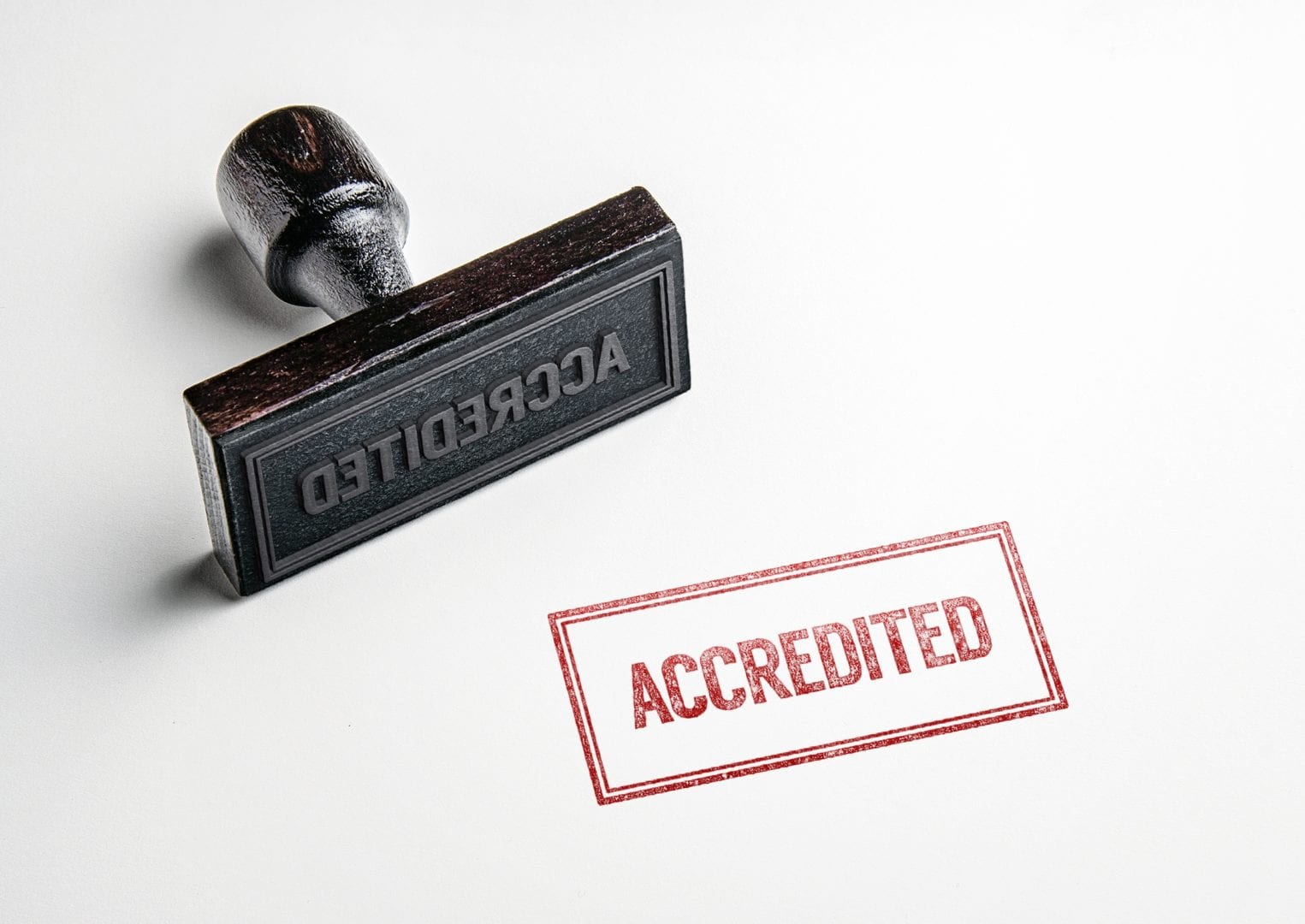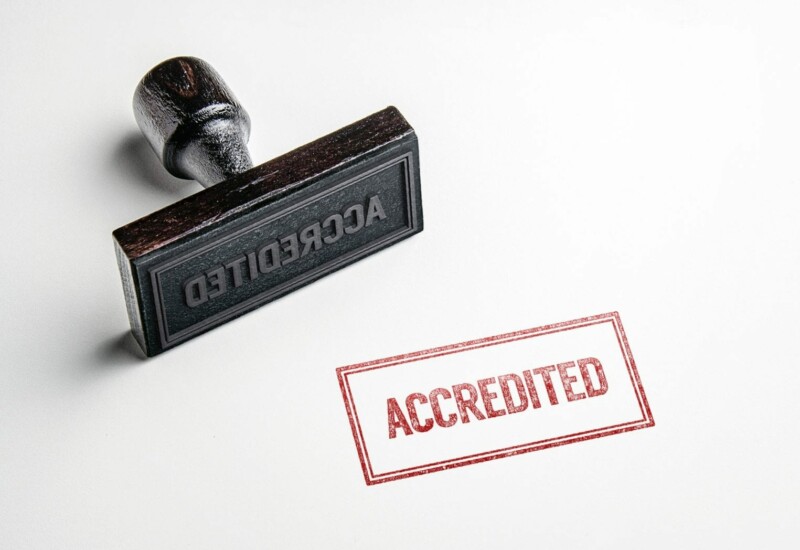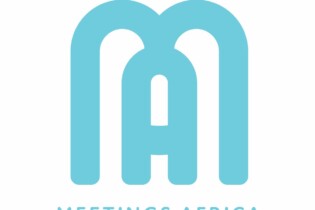 ‘Credible’ companies are a misnomer
‘Credible’ companies are a misnomer
Employer companies are not candidates for credibility in the true sense of the word. An employer entity can alter in many ways, which clouds the true interpretation of credible.
A company can change its business focus, directors, method of operating or be sold as a whole or partially, therefore the credible factors on which authentic criteria is based renders a collective entity accreditation impractical.
Individuals carry credibility
The reason why credibility is vested in an individual was pinpointed by Peter Drucker in 1993 inthe book Post-Capitalist Society: “In the knowledge society… individuals are central. Knowledge is not impersonal….does not reside in a book, a databank, a software program; they contain only information. Knowledge is always embodied in a person; carried by a person; created, augmented, or improved by a person; applied by a person; taught and passed on by a person; used or misused by a person. The shift to the knowledge society… puts the person in the centre.”
First step to accreditation
With any kind of accreditation standard, it’s necessary to build on a firm foundation derived through consensus with all role players and facilitated by an impartial professional who has studied various international best practices. This is the first challenge within the MICE industry. There are more highly competent industry individuals outside any collective ‘body’, as there are limited recognised member associations that meet the requirements of authentically accrediting individuals.
Benchmarking is a major factor
The simplest procedure for investigating a standard is to know the amount of individuals operating within a particular sector of the economy. Unless a minimum of 10% of that industry hasaccredited individuals, the benchmark is unlikely to be an effective gauging mechanism for the MICE industry.
Transparent method of monitoring and recourse
Once the benchmarking and criteria are in place, the method of ensuring adherence, together with the penalties for transgressing the rules, needs to be accepted by the industry. Clearly an impartial ‘instrument’ financed by the industry is essential.
Endorsed by endusers
Without ‘buy-in’ from the majority of those that require MICE services and suppliers, there are few reasons for an accreditation programme. Therefore a strong panel of endusers (those who decide on the suppliers and services) from the corporate, association and government sectors are a prerequisite for accreditation to begin in the first place.
Quality assurance
These key words imply (1) criteria are cast in stone (2) adherence by all stakeholders (3) acceptance by those that require MICE services, and suppliers that are accredited.
There’s light at the end of the tunnel. Experienced individuals with a great deal of knowledge are out there. The individuals should be acknowledged for their abilities – which have most likely been learnt at the coalface. Recognition of prior learning as well as continuing professional development (CPD) will ensure these tested individuals can guarantee that up and coming students are trained by those proven to have the practical knowledge and experience.
Only in this way can the MICE industry look forward to an established careerpath for the many thousands of South African MICE individuals in this dynamic multibillion rand industry.
* Helen Brewer from The MICE Academy, is an independent contributor and articles do not necessarily reflect the opinions and views of The Planner.







